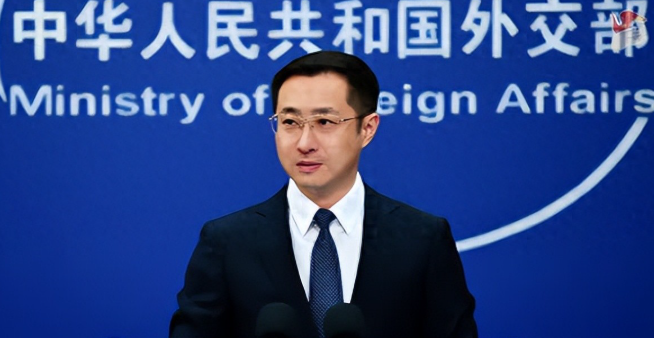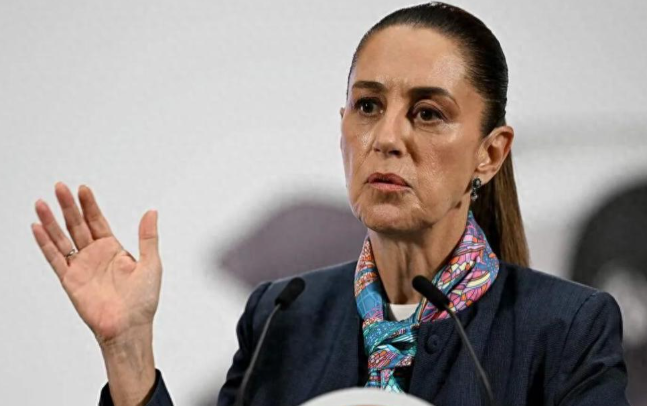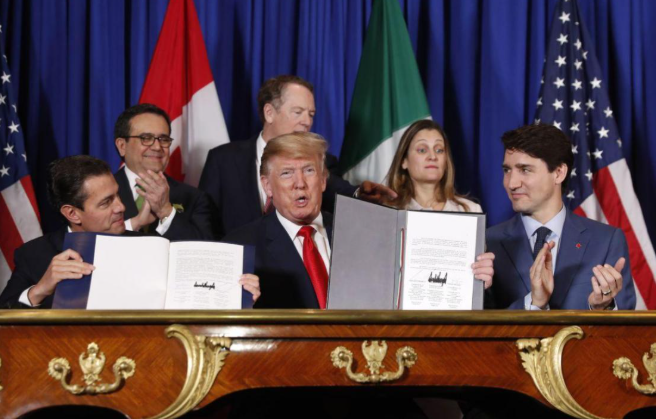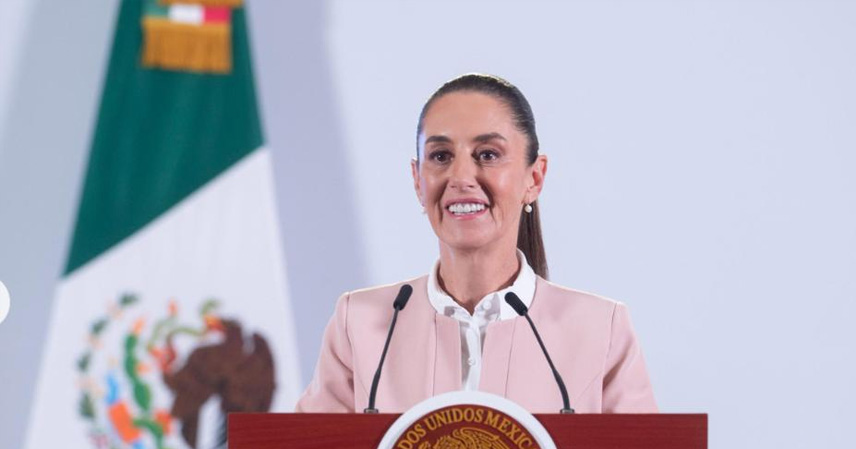On September 10, 2025, Mexico announced plans to impose tariffs of up to 50% on imports from countries without a free trade agreement.
Since China is Mexico’s largest automobile exporter, the move was widely interpreted as targeting Beijing. Yet less than 24 hours later, China issued a firm diplomatic and economic response, forcing Mexico into an awkward retreat.
President Claudia Sheinbaum quickly held a press conference to ease tensions, but instead of calming the storm, she faced sharp criticism at home.

China’s Swift and Targeted Response
Beijing did not escalate aggressively. Instead, the Foreign Ministry stated that:
China and Mexico are not adversaries; as major developing nations, they should focus on cooperation, not confrontation.
The words were diplomatic but carried a clear warning: if Mexico escalated, China would respond decisively.
Soon after, China’s Commerce Ministry criticized unilateral tariff hikes as outdated and hinted that Mexico’s actions looked like they were serving U.S. interests.
This left Mexico in an awkward position:
- If it claimed independence, it appeared to be provoking China.
- If it admitted pressure, it looked weak and dependent.

Sheinbaum’s Explanation Backfires
President Sheinbaum attempted to calm tensions, stressing that Mexico “does not seek conflict with any country” and was “not acting on behalf of the United States.”
But her explanation was unconvincing:
- The tariffs clearly included China.
- The timing and policy direction aligned too closely with Washington’s agenda.
Rather than easing tensions, her remarks invited further skepticism.
Domestic Critics Deliver a “Reality Check”
Soon after, opposition lawmakers and analysts accused the government of:
- Appeasing Washington in anticipation of a possible Trump return.
- Damaging Mexico’s image as a reliable player in global supply chains.
Economists warned the tariffs could discourage foreign investment and strain ties with key partners like China.
The contradiction was obvious: Mexico talks of growth but risks alienating one of its largest economic partners.

Mexico’s Strategic Dilemma
The controversy highlights Mexico’s central challenge:
- Heavily reliant on U.S. trade, it lacks real independence.
- Caught between Washington and Beijing, it risks satisfying neither.
Sheinbaum’s attempt to balance both sides backfired—China pushed back firmly, while Mexico’s own public criticized the government’s inconsistency.
Conclusion
The tariff row underscores a changing reality: in global trade today, rules and credibility matter more than political posturing.
- For China, defending its rights is non-negotiable.
- For Mexico, the real test is whether it can craft a clear, stable policy in the U.S.-China rivalry, rather than trying to hedge both sides.
Ambiguity may seem safe, but in practice, it only makes a country more vulnerable.
References
- After announcing tariffs, Mexican president says she has explained to China and does not want conflict – Observer Network, Sep 12, 2025
- Mexico plans 50% tariffs on imports from China and other countries, Chinese Foreign Ministry responds – Observer Network, Sep 11, 2025



